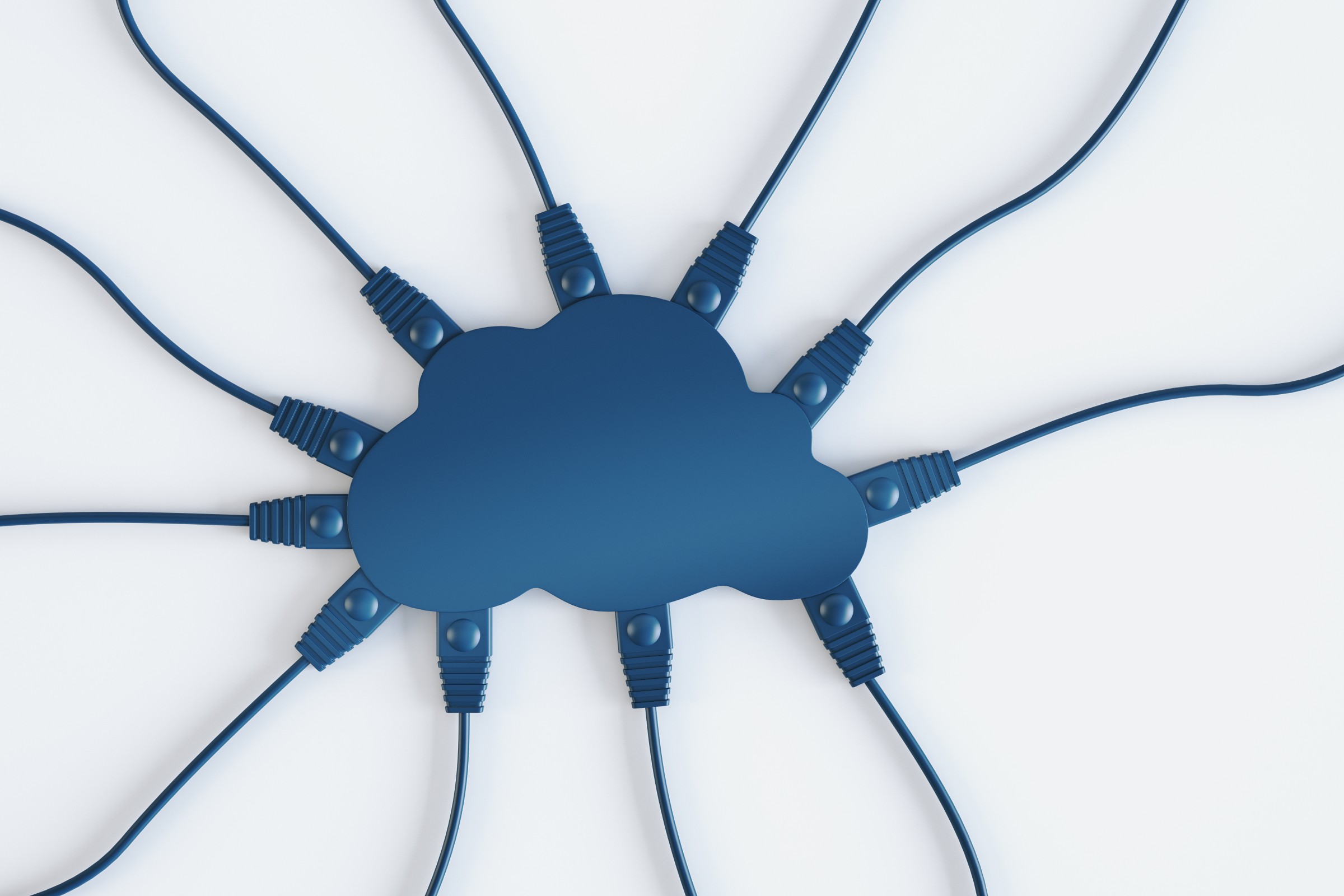Tactile Internet: Real-Time Haptic Feedback Across Global Networks

The Tactile Internet is the next evolutionary leap in communication technology, promising to deliver real-time haptic feedback over global networks. Unlike the traditional internet, which focuses on the transmission of data, video, and audio, the Tactile Internet enables the exchange of touch and physical sensations, creating immersive experiences that feel immediate and tangible.
This innovation is set to revolutionize industries such as healthcare, education, and entertainment, bridging the gap between the virtual and physical worlds. This blog explores the Tactile Internet, its underlying technology, applications, challenges, and the transformative potential it holds for the future.
The Tactile Internet is a low-latency communication system capable of transmitting haptic feedback in real-time. It allows users to interact with remote environments or devices through touch and motion, creating an experience as if they were physically present.
Key Features
Ultra-Low Latency: Response times as low as 1 millisecond, critical for real-time interactions.
High Reliability: Ensures consistent performance even in critical applications like surgery or autonomous driving.
Haptic Communication: Transmits the sensation of touch, pressure, or motion between remote users and devices.
Sensors Devices equipped with haptic sensors detect physical input such as touch, pressure, or motion.
Data Transmission High-speed, low-latency networks (e.g., 5G, 6G) transmit this haptic data to a remote location or device.
Actuators At the receiving end, actuators replicate the touch or motion, enabling users to feel the interaction.
Real-Time Feedback Continuous data exchange creates a seamless, real-time experience, allowing users to interact with remote environments as if they were physically present.
1. Healthcare
Remote Surgery: Surgeons can perform precise operations from across the globe using robotic arms with haptic feedback.
Rehabilitation: Patients can receive physical therapy remotely, guided by real-time haptic interactions.
2. Education and Training
Virtual Classrooms: Students can learn hands-on skills, such as instrument playing or mechanical repairs, through tactile feedback.
Flight Simulators: Pilots can train with near-realistic haptic controls in virtual environments.
3. Entertainment and Gaming
Immersive VR Experiences: Players can feel physical interactions in virtual reality, enhancing realism and engagement.
Haptic Streaming: Movies and live events can include tactile sensations for a richer viewing experience.
4. Manufacturing
Remote Maintenance: Engineers can inspect and repair machinery remotely using robotic tools with haptic feedback.
Quality Control: Tactile sensors ensure precision and consistency in production lines.
5. Autonomous Systems
Self-Driving Cars: Vehicles equipped with Tactile Internet technology can communicate road conditions in real time.
Drones: Operators can control drones with precise haptic feedback, improving navigation and safety.
1. 5G and Beyond
Ultra-low latency and high-speed networks like 5G and 6G are essential for real-time data transmission.
2. Edge Computing
Processing data closer to the user minimizes latency, ensuring instantaneous feedback for haptic interactions.
3. Advanced Sensors
Haptic sensors capture precise physical inputs, from touch to vibrations, translating them into digital signals.
4. Actuator Innovation
Sophisticated actuators replicate physical sensations at the receiving end, creating a tactile experience.
5. Artificial Intelligence
AI enhances the responsiveness and adaptability of tactile systems, predicting user needs and optimizing interactions.
1. Latency Requirements
Achieving latency under 1 millisecond is a significant technical challenge, particularly in wireless networks.
2. Network Reliability
Ensuring consistent performance in real-world conditions, such as congested networks or remote locations, is critical.
3. Data Bandwidth
Haptic data is bandwidth-intensive, requiring networks capable of handling large amounts of information seamlessly.
4. Device Compatibility
Integrating haptic technology into existing devices and ensuring interoperability across platforms is a hurdle.
5. Cost
Developing and deploying tactile systems involves high initial costs, limiting accessibility for smaller organizations or developing regions.
1. Integration with 6G
The rollout of 6G networks will further reduce latency and improve bandwidth, enabling widespread adoption of Tactile Internet applications.
2. Haptic AI
AI will enhance haptic feedback by personalizing sensations and predicting user intent, creating smoother and more intuitive interactions.
3. Healthcare Revolution
The Tactile Internet will democratize access to specialized medical care, allowing patients in remote areas to receive treatments from top professionals worldwide.
4. Immersive Collaboration
Teams will collaborate in virtual environments with full tactile interaction, transforming industries like engineering, design, and architecture.
5. Consumer Adoption
As haptic devices become more affordable, the Tactile Internet will enter everyday applications, from VR gaming to online shopping experiences.
The Tactile Internet has the potential to bridge the physical and digital worlds, enabling experiences that were once the realm of science fiction. By transforming how we interact with technology, it opens up opportunities to:
Enhance accessibility and inclusion.
Improve efficiency and safety in industries like healthcare and manufacturing.
Redefine entertainment and education.
The Tactile Internet represents a leap forward in how we experience and interact with technology. With its ability to deliver real-time haptic feedback, it has the potential to revolutionize industries, enhance lives, and blur the lines between virtual and physical reality.
As technology advances, the Tactile Internet will become an integral part of our digital ecosystem, reshaping the way we connect, learn, and collaborate—one touch at a time.